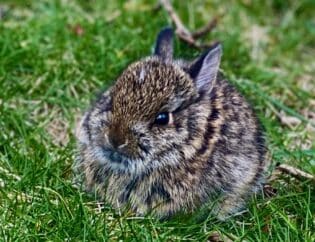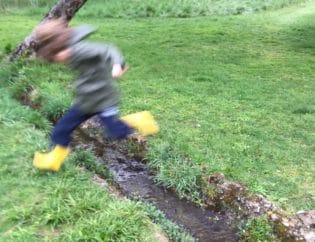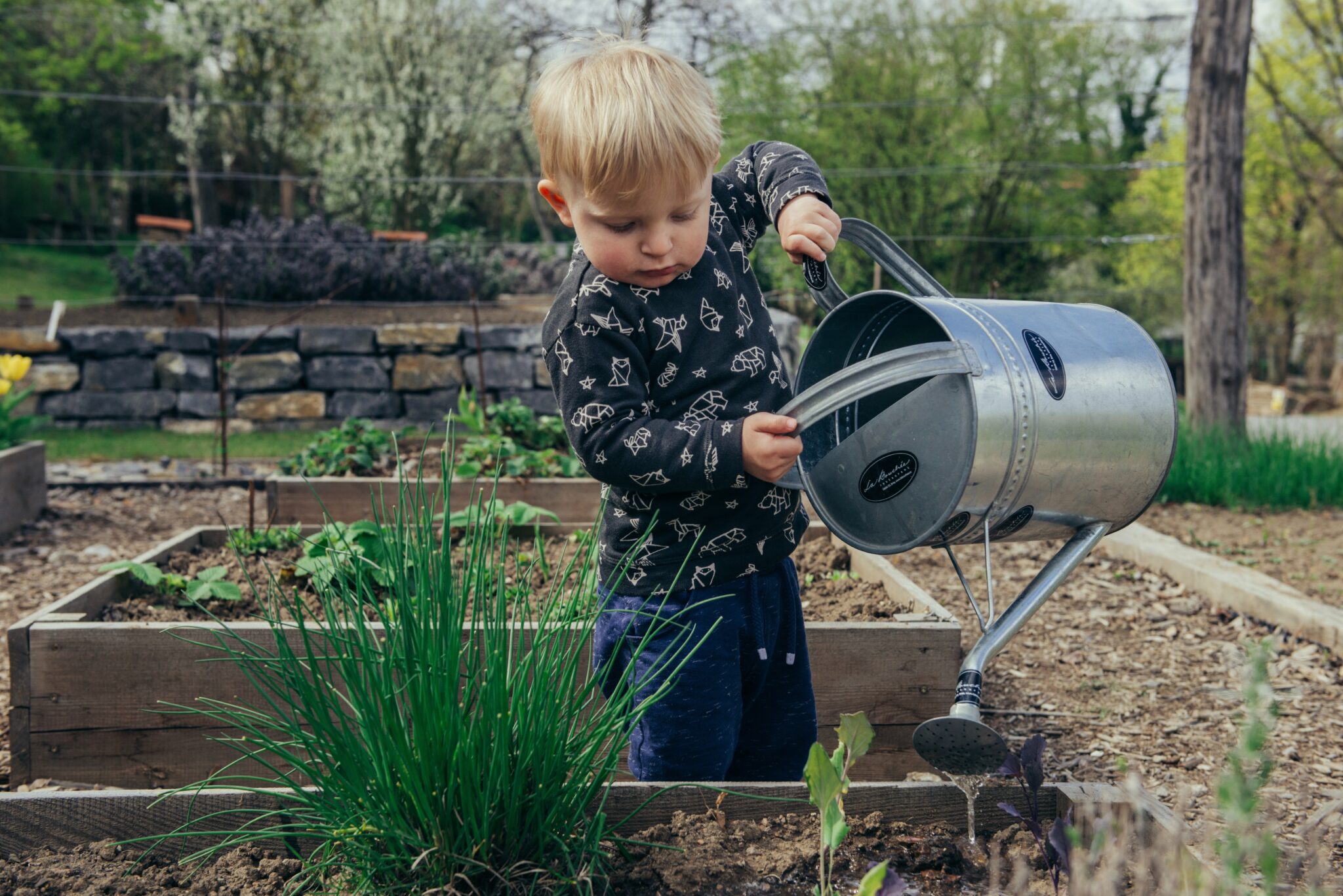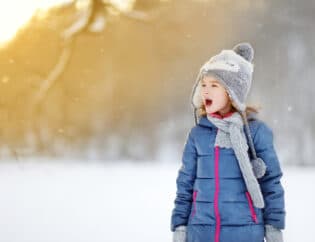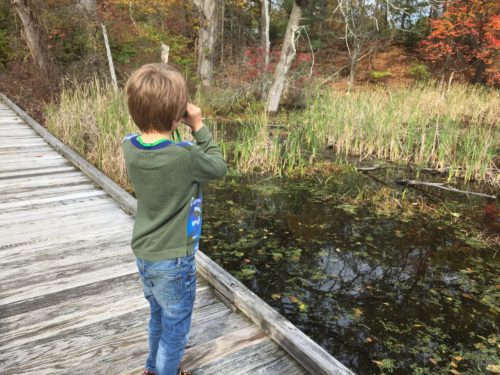
From building critical observation skills to connecting with nature, birding is an often overlooked but amazingly rewarding hobby. A year-round activity, birding is an excellent family activity that will bring rewards for years to come. Here are just a few of the many reasons to start your child on birding.
Birding helps kids tune in to nature
To find birds, you have to listen. You have to look, first for sudden movements, and then focus in on the bird to look for distinguishing marks, colors, behavior. In essence, you have to tune in to nature to be a birder. Tuning in to the sights, smells and sounds of nature is beneficial for your child from improving attention and focus abilities to sensory processing function. But it doesn't always come easily. Patience is key to a quality experience of tuning in to nature. And what child couldn't use a little more work at developing patience?
Build powers of observation and develops attention to details
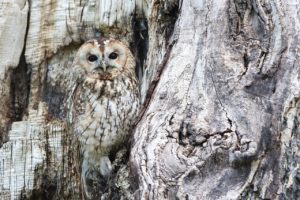 There are about 10,500 species of birds in the world. Some are of course ubiquitous and easy to identify like a robin. But believe us, birding can be as much of a challenge as you make it. Many species look almost identical, perhaps a faint eyering distinguishes the species from other species. Characteristics like color, markings, size, shape, calls, songs, behaviors are all critical to bird ID. Even within a single species of bird, plumage will change depending on the season, sex and stage of development. The key—being a good observer and paying close attention to details, both in the field guide (or ID cards) and in nature.
There are about 10,500 species of birds in the world. Some are of course ubiquitous and easy to identify like a robin. But believe us, birding can be as much of a challenge as you make it. Many species look almost identical, perhaps a faint eyering distinguishes the species from other species. Characteristics like color, markings, size, shape, calls, songs, behaviors are all critical to bird ID. Even within a single species of bird, plumage will change depending on the season, sex and stage of development. The key—being a good observer and paying close attention to details, both in the field guide (or ID cards) and in nature.
Birding doesn’t require lots of equipment
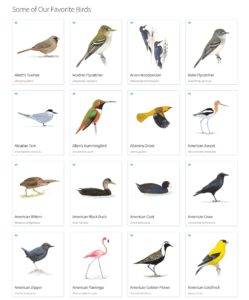 Forget expensive skis or mountain bikes. To go birding, a simple pair of binoculars and a decent reference book or card is all you need. As your child gets more interested and experienced, they might want to upgrade their binoculars or get a spotting scope.
Forget expensive skis or mountain bikes. To go birding, a simple pair of binoculars and a decent reference book or card is all you need. As your child gets more interested and experienced, they might want to upgrade their binoculars or get a spotting scope.
Bird identification books, or field guides, list birds by region and help you tell ID birds with physical characteristics, calls, songs, maps of seasonal bird territory and preferred habitat. Peterson's Guides are considered the "bible" for many birders, though there are many excellent alternatives.
But even an ID book isn't critical initially as there are a host of websites and online resources such as this excellent online guide from Audubon with you need to know the birds in your area. Also, it's becoming more common for nature-friendly libraries to lend out bird watching kits with binoculars and bird guides so you might want to start there first!
Birds are always around us (& often taken for granted)
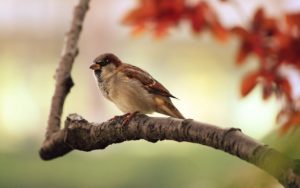 From your backyard to parks in Paris or salt flats in Chile, birds live there! Almost any habitat has a variety of birds. Birds are always around us, yet most kids (and adults) never “see” them. Sure, they might know a sparrow or a pigeon. But there are nearly 1000 species of birds in North America, 10,500 species of birds in the world. City dwellers don’t get a free “clueless” pass. NYC claims nearly 400 species of birds. Central Park is a birding hotspot as it’s a flyover zone for birds.
From your backyard to parks in Paris or salt flats in Chile, birds live there! Almost any habitat has a variety of birds. Birds are always around us, yet most kids (and adults) never “see” them. Sure, they might know a sparrow or a pigeon. But there are nearly 1000 species of birds in North America, 10,500 species of birds in the world. City dwellers don’t get a free “clueless” pass. NYC claims nearly 400 species of birds. Central Park is a birding hotspot as it’s a flyover zone for birds.
You can head out to see birds any season of the year
No matter where you are or what season, birds are probably right outside your door. Even in the dead of winter, look outside and see wintering birds like cardinals, sparrows, starlings, juncos, depending on where you live. Birding is a year-round activity. You can head out to see warblers in the spring, head out to see hawk migration in the fall, owls in the winter, shorebirds in the summer, etc etc etc. A highlight of birding is, of course, Fall Migration and Spring Migration, events that move billions of migrants around North America alone. Experiencing migration with your kids can open up endless inquiries as it is truly fascinating. How do birds navigate to the same spot each year? How do small birds like hummingbirds make it across continents?
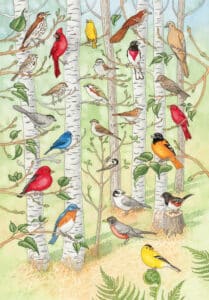
Birds are disappearing
These are critical times for birds. Not enough attention is given to the astounding fact that humans are decimating populations of birds due to the way we live on this planet. A new large-scale study shows that bird populations in North America are undergoing massive and unsustainable declines. The populations of more than 75 percent of songbirds and other birds that rely on agricultural habitat in North America have significantly declined since 1966. The culprit: the world's most widely used insecticide.
Kids need to know what’s in their backyard
When you know the species in your own backyard, or neighborhood park or forest, you’re more likely to feel a connection to nature. Yet, oddly, many American children know the animals of Africa, but not the birds in their neighborhood. A study looking at children’s attitudes toward local wildlife surveyed 2,759 children across North Carolina. Researchers observed that children thought more favorably of faraway charismatic species, such as pandas and cheetahs than local ones. Interestingly, researchers also looked at whether a child’s attitudes regarding nature were influenced by where the child lived and found that all children, regardless of their neighborhood, were equally disconnected from local wildlife.
Birding is not easy but it is incredibly rewarding when you learn more species and know what you're looking at in nature. It's also crucial for the future of our earth. If we raise a generation of birders who care about the fate of birds, who appreciate their innate beauty and their rightful place on our planet, we might move toward being a more caring and careful society. But only if we can "see" the birds around us.


